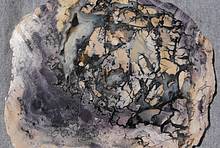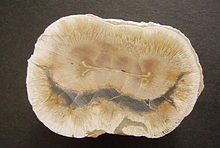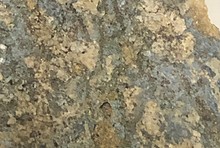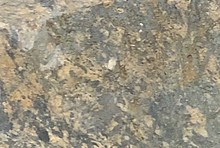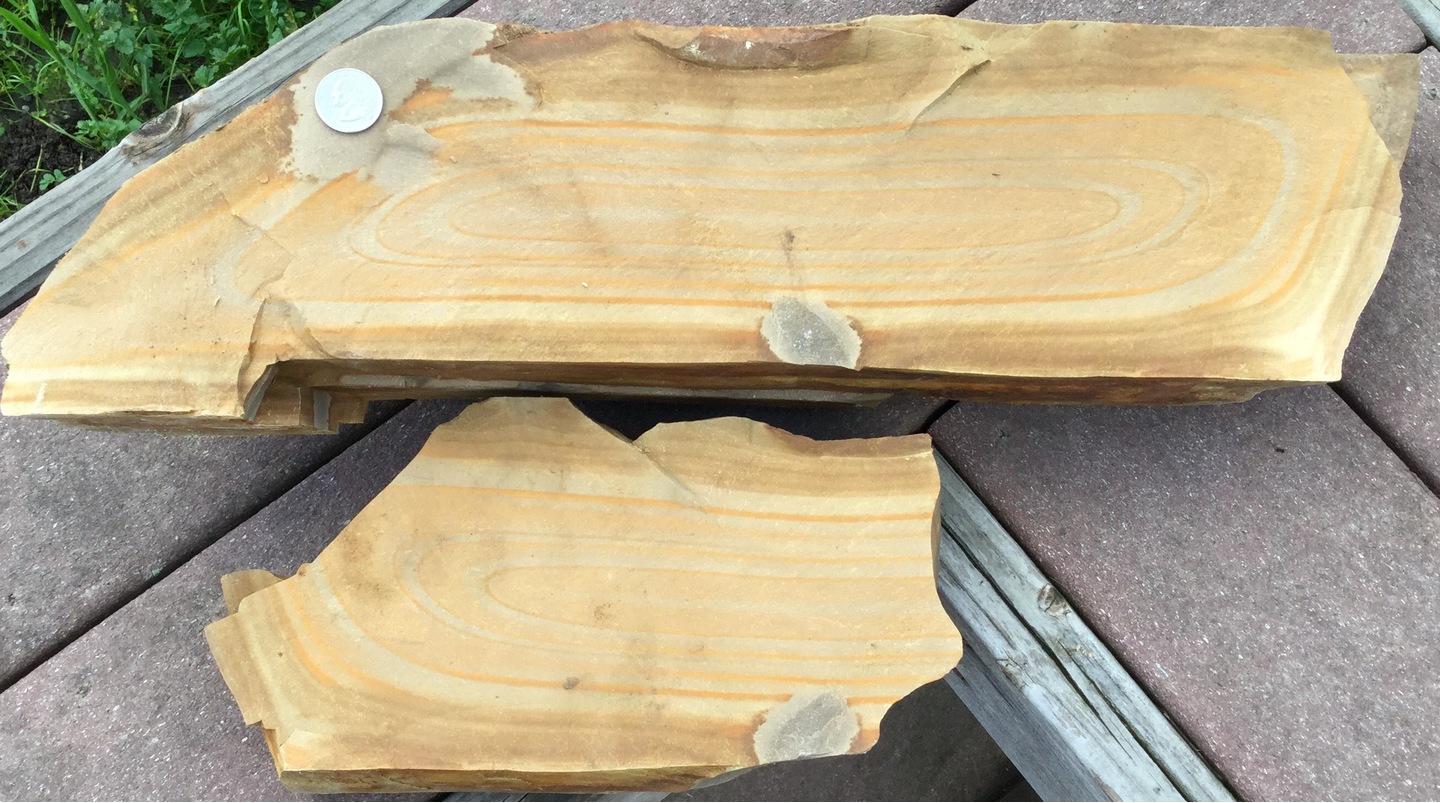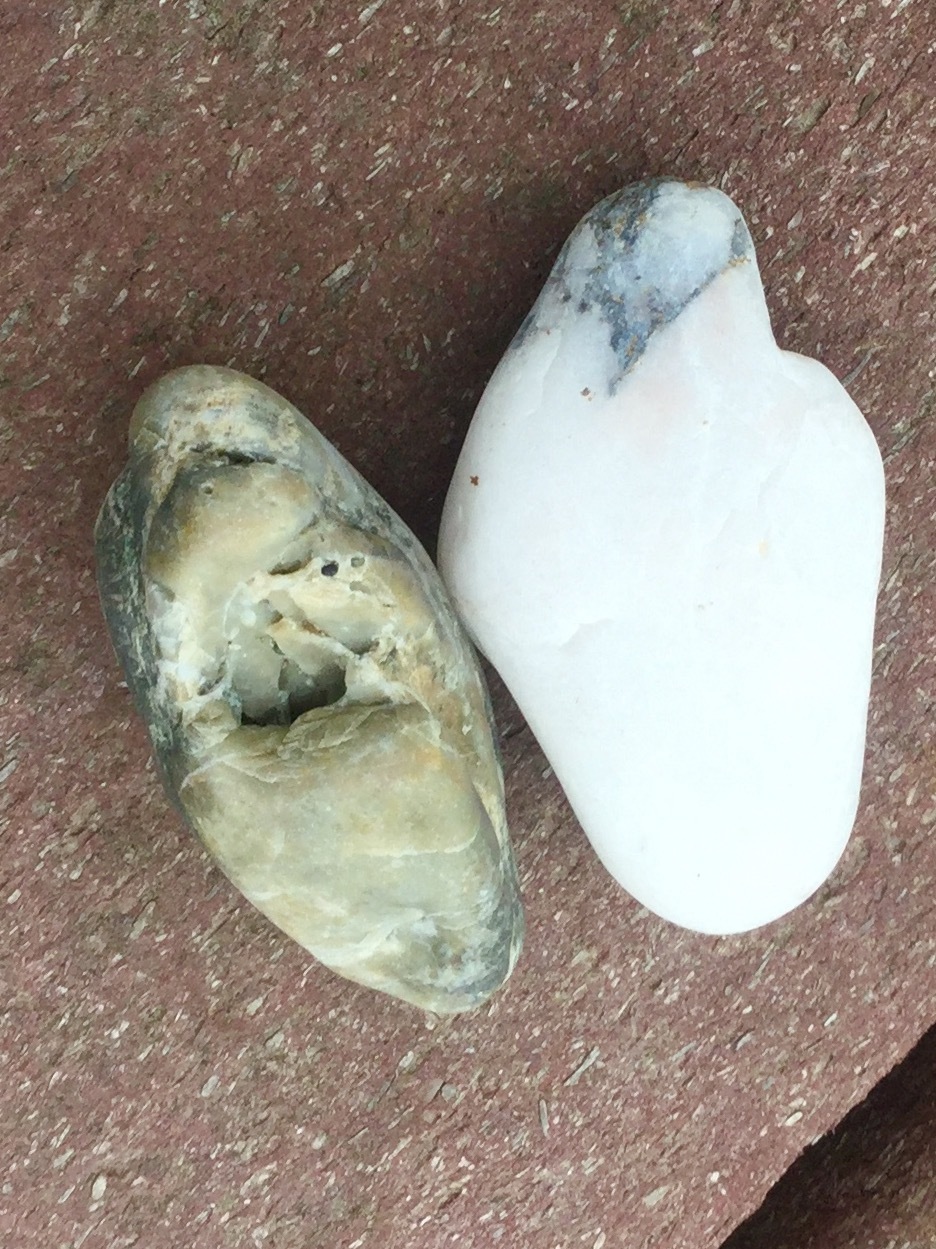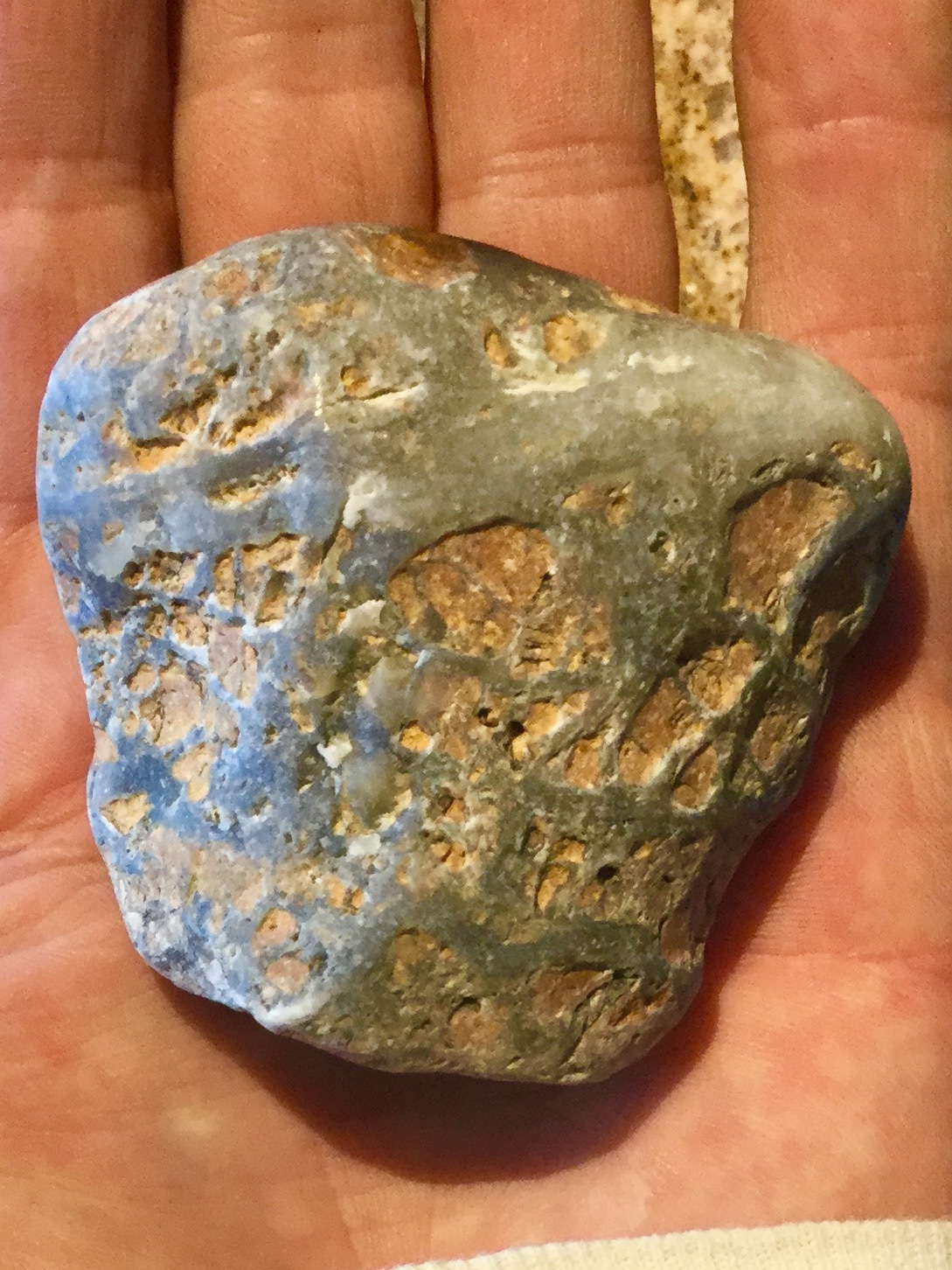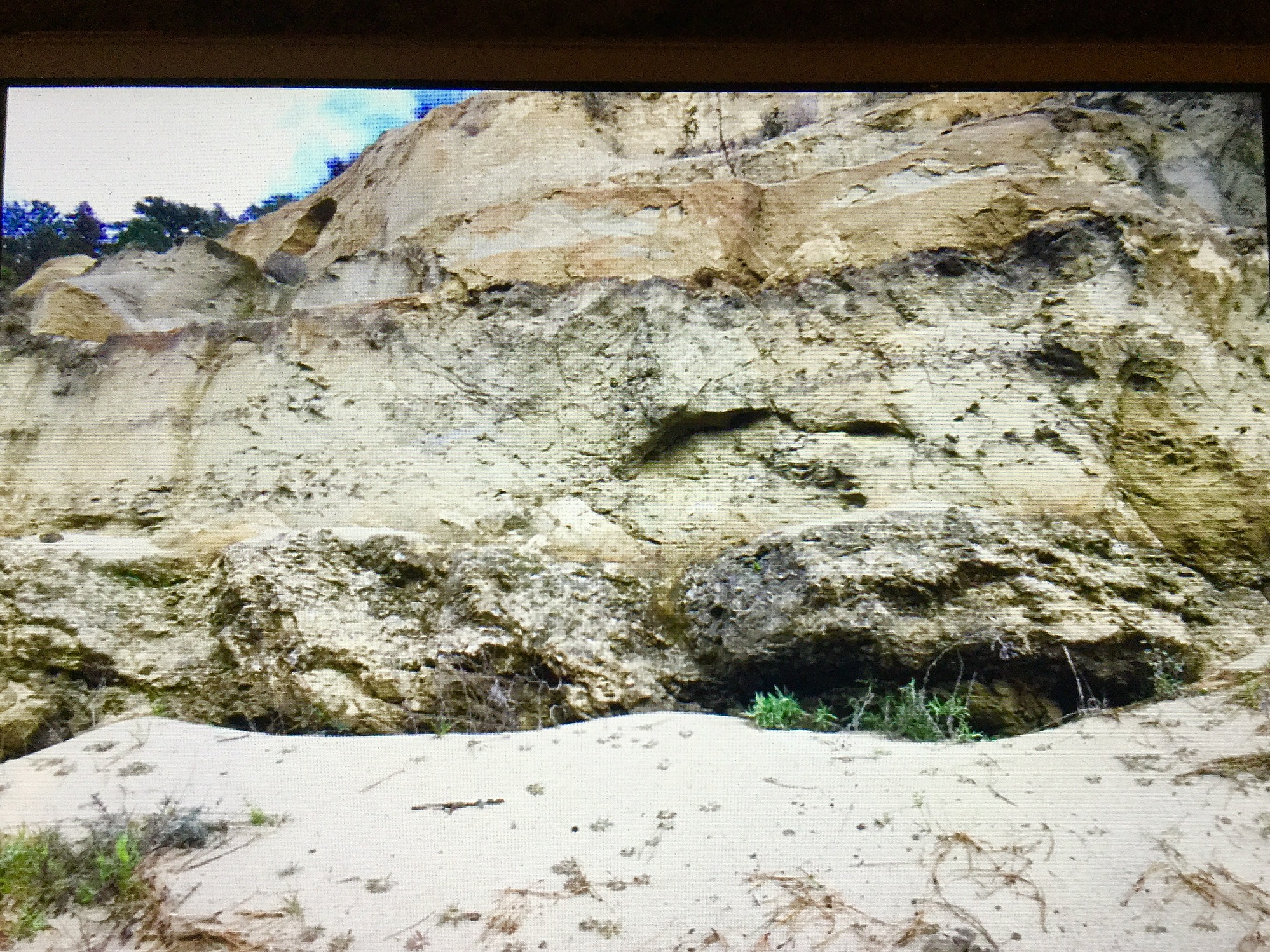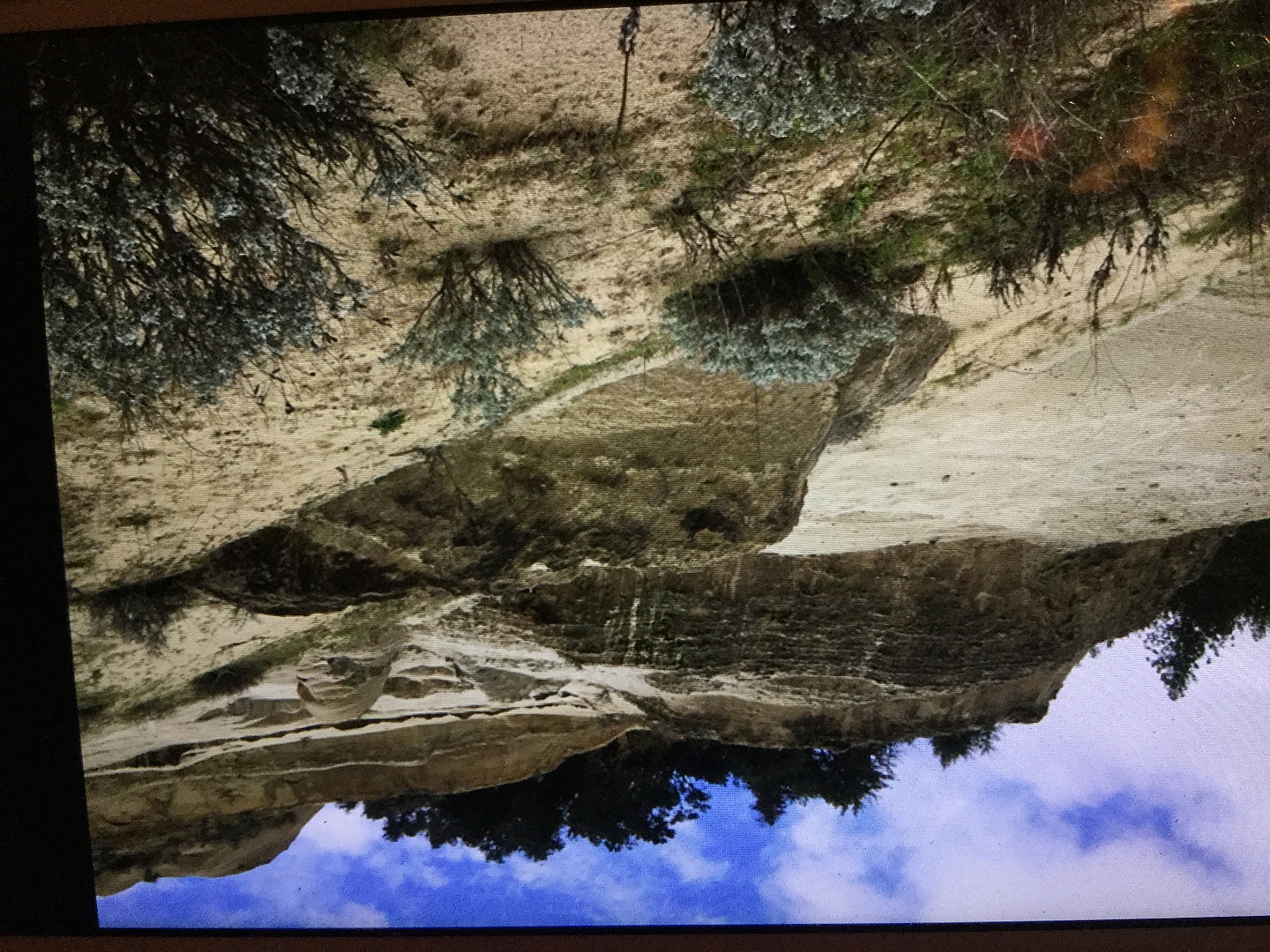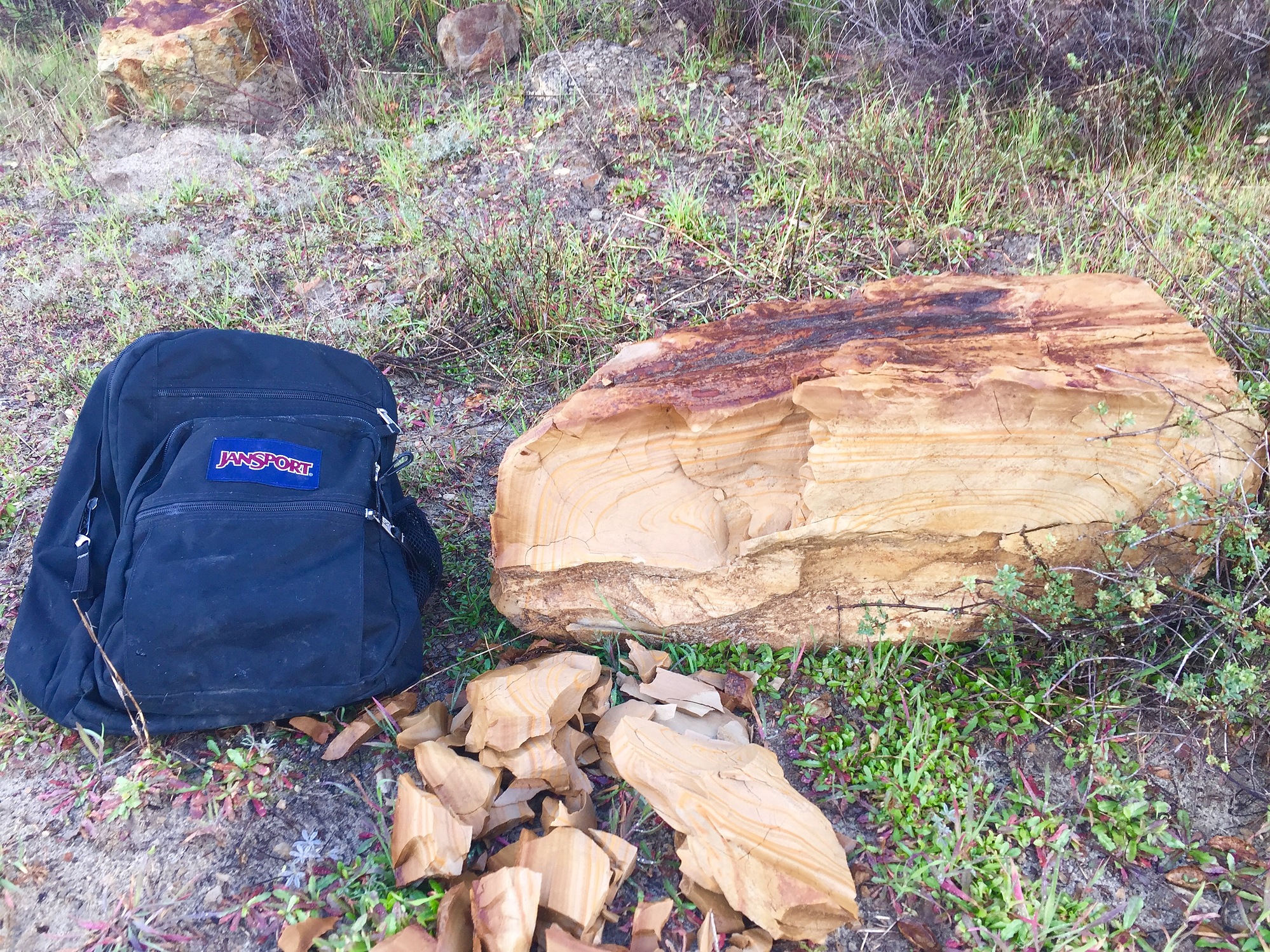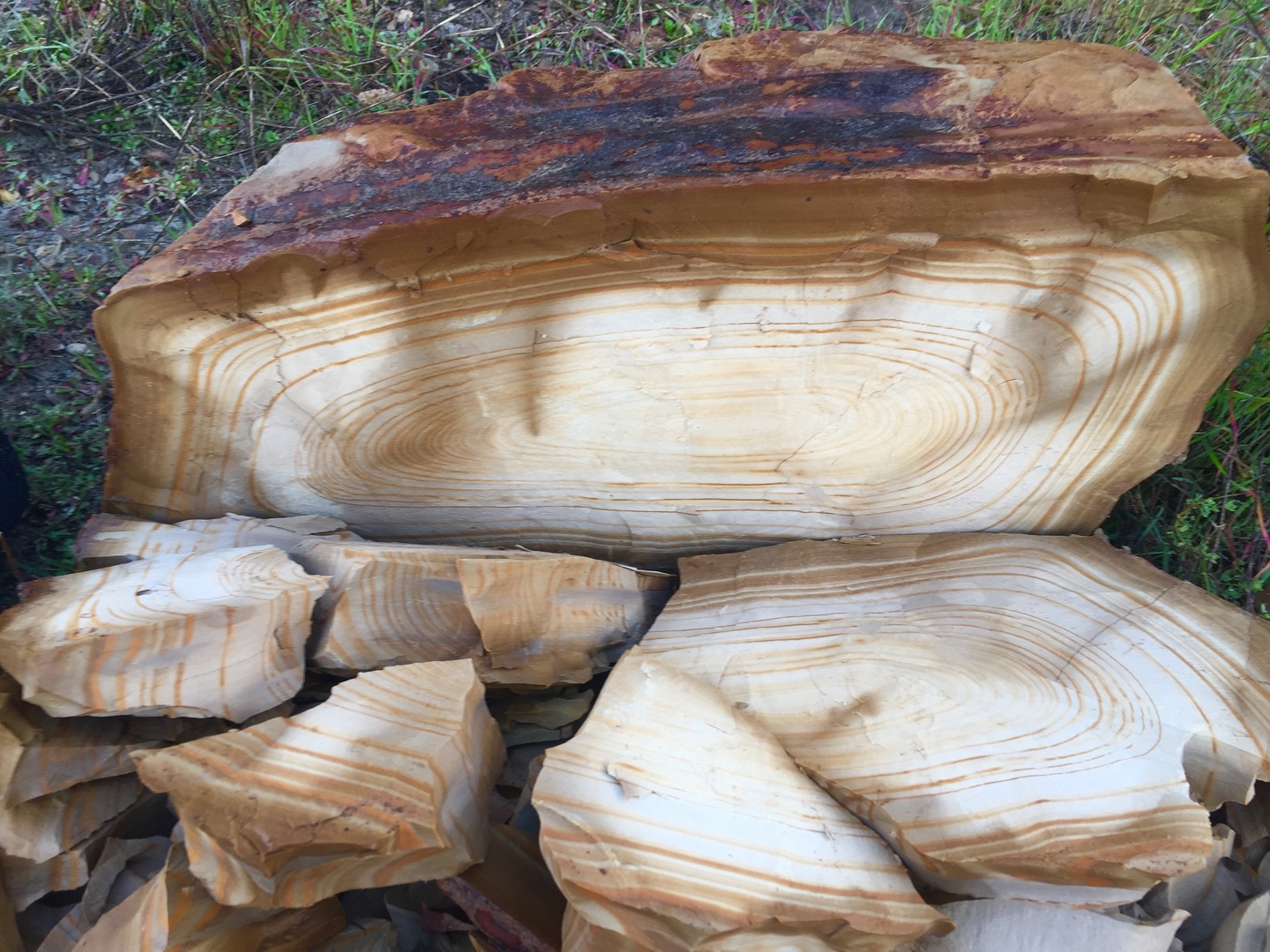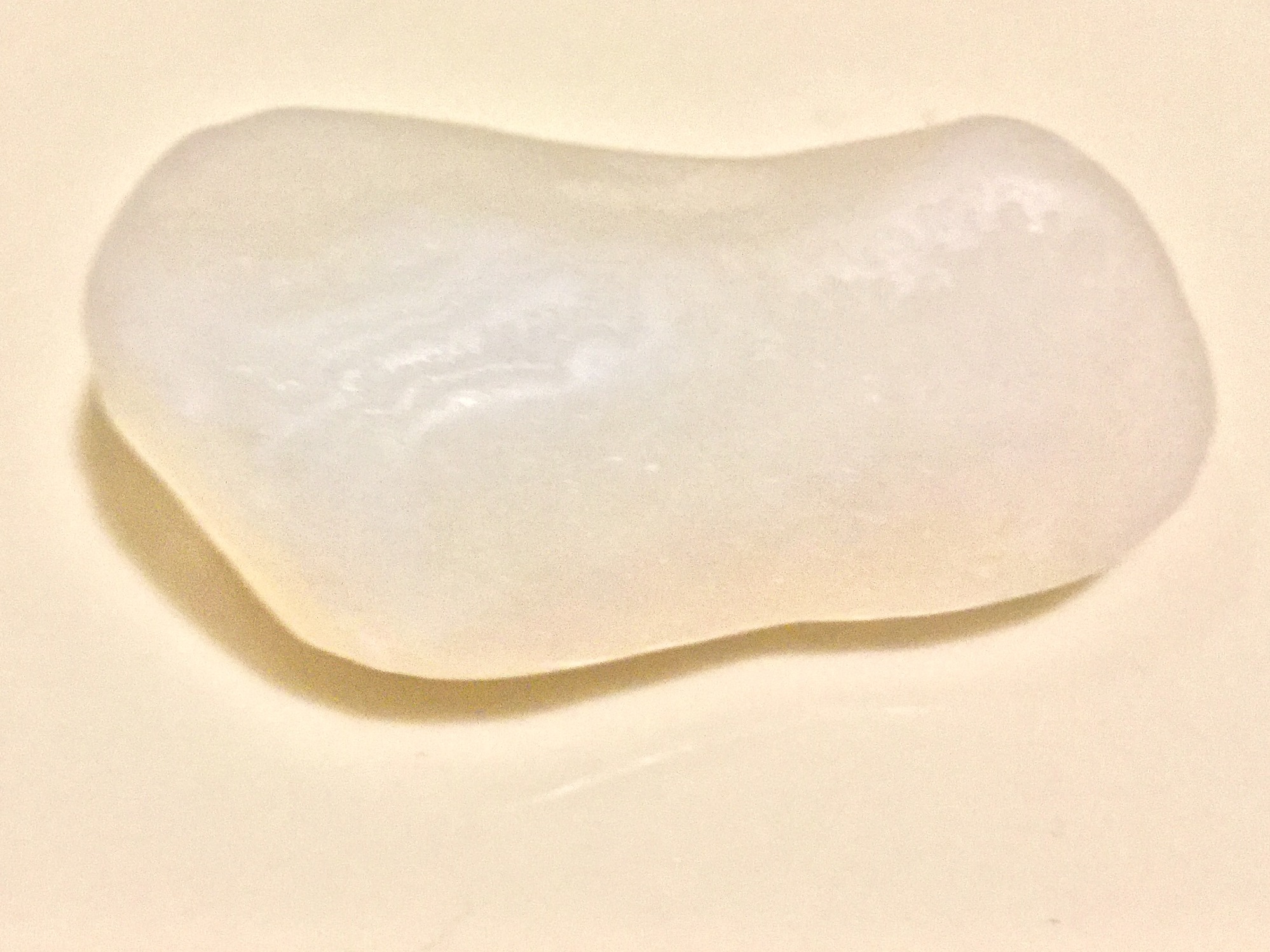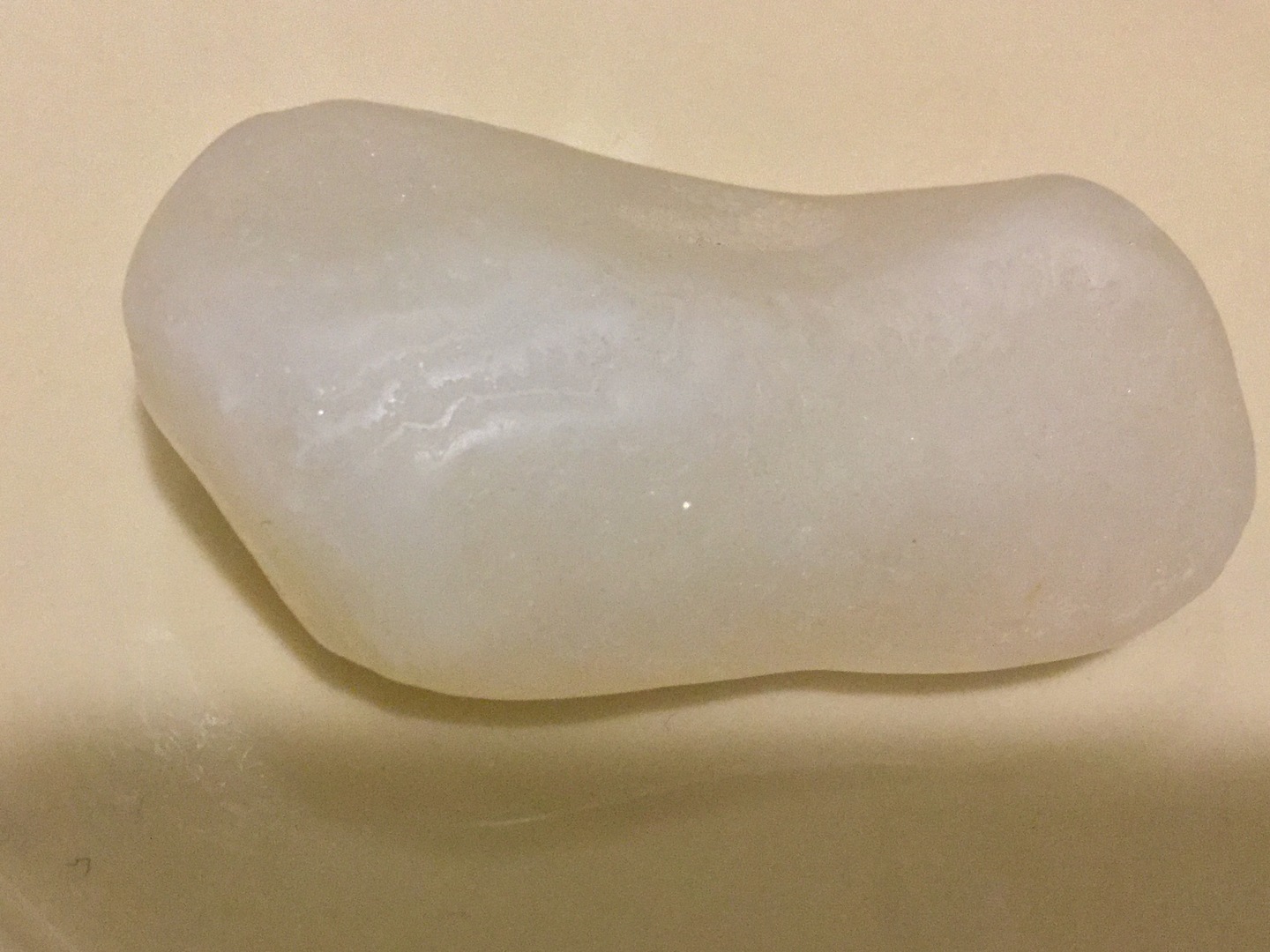Home PageAbout MindatThe Mindat ManualHistory of MindatCopyright StatusWho We AreContact UsAdvertise on Mindat
Donate to MindatCorporate SponsorshipSponsor a PageSponsored PagesMindat AdvertisersAdvertise on Mindat
Learning CenterWhat is a mineral?The most common minerals on earthInformation for EducatorsMindat ArticlesThe ElementsThe Rock H. Currier Digital LibraryGeologic Time
Minerals by PropertiesMinerals by ChemistryAdvanced Locality SearchRandom MineralRandom LocalitySearch by minIDLocalities Near MeSearch ArticlesSearch GlossaryMore Search Options
The Mindat ManualAdd a New PhotoRate PhotosLocality Edit ReportCoordinate Completion ReportAdd Glossary Item
Mining CompaniesStatisticsUsersMineral MuseumsClubs & OrganizationsMineral Shows & EventsThe Mindat DirectoryDevice SettingsThe Mineral Quiz
Photo SearchPhoto GalleriesSearch by ColorNew Photos TodayNew Photos YesterdayMembers' Photo GalleriesPast Photo of the Day GalleryPhotography
╳Discussions
💬 Home🔎 Search📅 LatestGroups
EducationOpen discussion area.Fakes & FraudsOpen discussion area.Field CollectingOpen discussion area.FossilsOpen discussion area.Gems and GemologyOpen discussion area.GeneralOpen discussion area.How to ContributeOpen discussion area.Identity HelpOpen discussion area.Improving Mindat.orgOpen discussion area.LocalitiesOpen discussion area.Lost and Stolen SpecimensOpen discussion area.MarketplaceOpen discussion area.MeteoritesOpen discussion area.Mindat ProductsOpen discussion area.Mineral ExchangesOpen discussion area.Mineral PhotographyOpen discussion area.Mineral ShowsOpen discussion area.Mineralogical ClassificationOpen discussion area.Mineralogy CourseOpen discussion area.MineralsOpen discussion area.Minerals and MuseumsOpen discussion area.PhotosOpen discussion area.Techniques for CollectorsOpen discussion area.The Rock H. Currier Digital LibraryOpen discussion area.UV MineralsOpen discussion area.Recent Images in Discussions
GeneralA) High quality travenite question. B) And weathering of quartz and chalcedony

3rd Mar 2017 14:55 UTCMichael Harwell
First, someone mentioned I might have had high quality tavenite in my wonderstone I posted last week.
I've noticed a lot of the sand stone weathers away leaving strips of this "possible" travenite.
Is travenite worth anything if it's not solid block. Would collecting strips and bits and pieces be worth my time?
Next, after collecting beach recycled pebble and rocks I am noticing the ones I leave on my deck basically melt/weather away. the outer crusts or even banding weather away quite quickly and leave a white or semi transparent quartz center. This can happen in a few months even with temps no higher than. 70 (air) the deck gets hotter. We had rain and a few freezing nights but I'm kind of surprised how quickly it occurs. Simply amazed how fast this occurs.
Lastly, I love the discussion on agates the past few days. I have so many questions concerning chaceldony. Banding and agates. Quite a confusing subject and I appreciate everyone's input.


3rd Mar 2017 15:52 UTCErik Vercammen Expert

3rd Mar 2017 20:05 UTCBob Harman
Large massive portions of this stone have value as dimension stone. If stable for long time periods, like marble or limestone, it can be used for building exteriors or landmarks or monuments etc etc. Around my town all the buildings are of Indiana limestone. Looking at those buildings built before 1900, you can see early evidence of acid rain etc weathering.
As to quartz/chalcedony weathering, as ERIK stated, quartz doesn't really weather. Every day we see outcrops which include quartz which may be many hundreds of millions of years old. Opened Indiana geodes, which are collected all the time are mid Mississippian in age. They are 325 - 425 million years old and still found quite fresh.
I cannot believe that you are finding beach pebbles that might have also been lying around for millions of years and when you bring them home they "melt/weather away" in just months. Something just does not add up. Are you sure you didn't bring home someone's half used sugar candy????
3rd Mar 2017 22:22 UTCGregg Little 🌟
A). I am not familiar with the term travenite but that might not be surprising as lapidarists, gemologists and metaphysical folks often come up with many colourful (and non-scientific) names for various known rocks. The strips that would weather out of your sandstone would still be sandstone.
B). You did mention freezing conditions at night. With the sandstone probably being quite porous, water (rain?) would be readily absorbed and then the freeze-thaw cycle can easily crumble a porous stone. The bleaching effect could also be from the rain/snow as precipitation is naturally slightly acidic. The iron oxide cement holding the quartz grains together in the sandstone could leach out with repeated soakings then the stone would take on a paler hue and start crumbling.
Another thought; do you have pets? Pet urine is slightly acidic so if they like peeing on your rocks that could definitely bleach and leach out the cement holding the sand grains together.
Again nice liesegang rings. They show how mobile in solution the iron cement is.

3rd Mar 2017 23:21 UTCWayne Corwin
Where you get your slabs, how bad is the stone there weathering?
Some layers weathering worse than other layers?

3rd Mar 2017 23:33 UTCDonald Kasper

4th Mar 2017 00:37 UTCLawrie Berthelsen (2)
4th Mar 2017 01:08 UTCMatt Neuzil Expert
Here in the midwest we had temperatures in the 70s last friday and 30s the next day. Last night my area got 6 inches of snow. None of my yard rocks in years have melted away due to freeze and hot sun.
It is hard to tell when not holding one of these stones, but it looks to be some kind of mud rock. Maybe it is a argillaceous limestone. It looks like rock I see in ohio. I look at this rock and i see what look like chipped gray areas. Maybe they aren't. But those areas could be a fresh exposure of the piece and what I believe to be liesegang rings.
4th Mar 2017 11:30 UTCRalph S Bottrill 🌟 Manager

4th Mar 2017 13:03 UTCWayne Corwin
4th Mar 2017 16:45 UTCGregg Little 🌟

4th Mar 2017 23:42 UTCMichael Harwell
These past rains really did a number on some ugly green or yellow rocks. Red shades. Ect....
I've noticed that the heat will change the colors quickly in the deck.
However, these I left out around Jan 12. It's march 4.
A few frosty nights. But lots lots lots a rain. Temps no higher than 70
It's more the clay type rocks that don't keep a shine. I'm very new to all this but I'm venturing to say the rocks with more silica or higher concentrations don't weather away like this. May fade in color but the ones with less silica seem to weather rather quickly. We do have a higher content if mercury in our air/fog.
Acid rains this past month?
I'm leaving these and a few others out. I won't move them and take pictures somewhat daily.


4th Mar 2017 23:49 UTCMichael Harwell
Need time with the acid test but lots of limestone in the mountains here.
I was thinking of spraying them with a coat of something as well???
5th Mar 2017 00:00 UTCGregg Little 🌟

5th Mar 2017 00:18 UTCMichael Harwell
I'll put it out and we can watch this one melt away pretty quickly. ( I'm guessing). Light rains hitting now with a cold front passing. and passing showers tomorrow. Probably get an inch plus by tomorrow night. Not the 29 inches we received in January alone. And in a week or two or month we shall see.
Ps. I started noticing stones change color and shape when I first started rock hounding and was collecting big sur jade at willow creek. I found some nice pieces and enjoyed keeping my best one in my pocket. Low and behold it changed lighter. The darker green gave way to a more luminous milky white green. I've done all sorts of experiments with freezing it and putting it in the sun. Then freezing it with different watery concoctions while submerged. I still have a baking glass in my other freezer with a stash of jade and other rocks I put in there about 5 months ago.

5th Mar 2017 01:14 UTCMichael Harwell
But just outer layers. One could scrape the surface looking for interesting rings. They are heavy. The longer piece weighs about 35 pounds. So, what and which ones. Then one breaks.
I'm guessing the better pieces are buried. Sealed in from the harsh environment and tightly held together.
However, the pieces I'm showing here where found close to the top of the bluff. I haven't seen a wall of them. But I can find a lot of the grey materiel that is not sandstone. Overtime the sandstone weathers and leaves behind strips and pieces of it. Very Small fragments of ringed sandstone are present along with it. Someone said it was high quality something. What is the grey materiel?
Ralph, I'm sure what I've found is very similar to what you referenced. When I put the pictures on beach and stream colllecting it was correctly identified as "wonderstone".
However, can you explain leisegang rings and there connection to sandstone.
Why did I post it in beach and stream collecting? It is the outer edge of an ancient sea bed . Sand hills are left and the area is quite diverse. Very fine sand used in glass making is quarryed in another section of the sand hills. And, it's the kiddy section of this site. Lol. The daycare center......
So, is this leisegang ringed sandstone part of the sand and the processes of 12 million years ? Or is it coming from from the walls "holding" the sand hills.
One can find megdaolon teeth. I'm sure to find one soon.....:)
Recent record breaking rains have completely altered the land revealing walls of sand dollars. Massive block. I guess I found the right elevation where they were left. But up behind or in the sand itself is the wonderstone?

5th Mar 2017 18:24 UTCMichael Harwell
Do leisegang rings have anything to do with the process of agate formation or the banding that occurs with agates and others?
Any leisegang experts out there? Ps......I found the source. But even with that I can see the eons and eons of tiny fragmented remains all over. So??? Let's say I found fresh - er stones.

5th Mar 2017 18:35 UTCMichael Harwell

9th Apr 2017 15:17 UTCMichael Harwell
From my observations. Weathering occurs at different rates. Initially when a stone lime these is finally exposed to air cold heat sun ect...the cement ect will weather quickly. Some of these cements hav color. After the initial weathering the rest of the material like quartz and silica take your millions of years ect....
I have a picture with me...not at home but vacation. Most of the rocks weather into this. It could be completely translucent or transparent. Yellow or white. Could have a white frosting covers the clear translucency. I'll post those pics later. But I'm finding all sorts of partially weathered stones and then the ones I have at home are doing it. I'll show the pics of rocks I laid out a few weeks ago. They have " melted". Revealing shells and one is revealing a pink rock/ mineral.
But, what is the core of these.
Silica?
I thought when I collected these early on the were a moonstone of sorts. Then quartz but now it's a silica of sorts........? How can I tell what kind of silica or concentrations.
I'll try seeing if it scratches later. On vacation with wife and I can since her frustration with my " rock hounding" time away from her.........til later.




Mindat.org is an outreach project of the Hudson Institute of Mineralogy, a 501(c)(3) not-for-profit organization.
Copyright © mindat.org and the Hudson Institute of Mineralogy 1993-2024, except where stated. Most political location boundaries are © OpenStreetMap contributors. Mindat.org relies on the contributions of thousands of members and supporters. Founded in 2000 by Jolyon Ralph.
Privacy Policy - Terms & Conditions - Contact Us / DMCA issues - Report a bug/vulnerability Current server date and time: April 23, 2024 19:40:05
Copyright © mindat.org and the Hudson Institute of Mineralogy 1993-2024, except where stated. Most political location boundaries are © OpenStreetMap contributors. Mindat.org relies on the contributions of thousands of members and supporters. Founded in 2000 by Jolyon Ralph.
Privacy Policy - Terms & Conditions - Contact Us / DMCA issues - Report a bug/vulnerability Current server date and time: April 23, 2024 19:40:05

